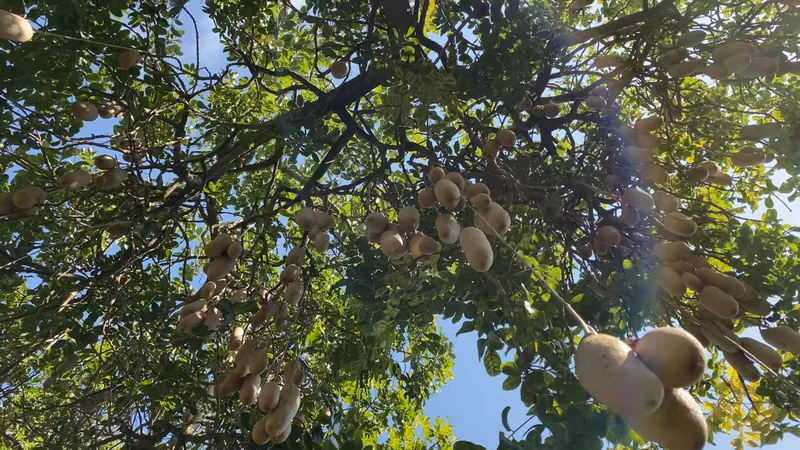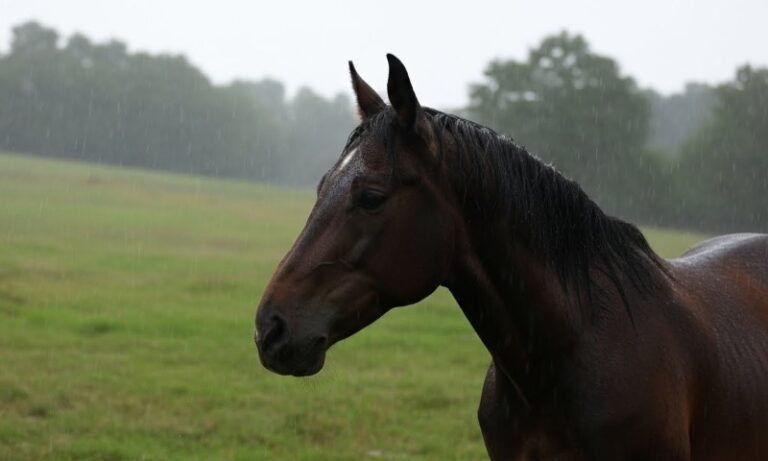Have you ever heard of a sausage tree? It’s not the most common name, and it might conjure up some odd images, but it’s a real tree with fascinating qualities! Officially known as Kigelia africana, the sausage tree gets its nickname from the unique, sausage-shaped fruits it produces.
This intriguing species isn’t just found everywhere – it grows in specific regions that offer it the ideal climate and ecological conditions to thrive. If you’re curious about where to find sausage trees in the wild, let’s explore some regions in Africa where they flourish.
1. Southern Africa
These trees can grow up to 20 meters tall, with thick, spreading branches that create plenty of shade.
In South Africa, sausage trees are most commonly found along riverbanks, streams, and floodplains where they can soak up the moisture they need to thrive. Their strong presence in these regions makes them a distinctive feature of the landscape.
Botswana and Zimbabwe
In Botswana and Zimbabwe, sausage trees play an essential role in the savanna woodlands.
Here, the tree contributes significantly to the local ecosystem and holds cultural value as well, with its wood sometimes used to make dugout canoes, a valuable resource for communities near rivers.
2. East Africa
Kenya
In Kenya, the sausage tree has a broad range, from coastal areas to highlands, making it a common sight in wooded grasslands, shrublands, and riverine vegetation.
Among the Kikuyu community, the tree’s fruit is even used to make a traditional brew called muratina.
Tanzania and Uganda
3. West Africa – Nigeria and Ghana in Particular
In Nigeria and Ghana, sausage trees are found mainly in savanna woodlands and along river courses. Here, the tree has an added layer of importance beyond its ecological role.
Traditional healers have long recognized and utilized these benefits, making the sausage tree a notable part of West African medicine and wellness practices.
4. Central Africa
Central Africa, including the Democratic Republic of Congo and Cameroon, offers yet another environment where sausage trees thrive. Unlike other regions where the tree grows primarily in open areas, here it adapts well to dense forests and riverine zones. This adaptability allows it to support both the open woodlands and lush forests.
5. Northern Africa
Despite the challenging conditions, the sausage tree manages to survive and even thrive, bringing a touch of green to landscapes that might otherwise remain dry.
Can You Grow The Sausage Tree Outside of Africa?
The sausage tree’s unique appearance has led some plant enthusiasts to try growing it outside its native habitat. However, it’s a challenge, as it requires specific conditions to thrive.
For those who live in areas with similar climates to parts of Africa (think subtropical or tropical regions), it’s technically possible, but the tree is unlikely to reach the impressive heights or produce fruit as it does in the wild. Plus, the fruits are heavy and toxic if consumed raw, making them a bit impractical in a typical backyard setting.
Why Are These Trees Important?

The sausage tree is an essential resource in many ecosystems. Here’s why it’s so important:
- Provides food for wildlife: From elephants to birds, countless species rely on its fruits and flowers for sustenance.
- It has cultural significance: Many communities across Africa incorporate the sausage tree into their traditional practices, using it for everything from medicine to crafts.
- These trees are a biodiversity contributor: By flourishing in various habitats, the sausage tree supports diverse plant and animal life, enhancing the overall ecosystem.
In Summary
Sausage trees are a valuable part of life across many African regions. They support wildlife, hold cultural importance, and even provide natural remedies. From riverbanks to savannas, they’re everywhere they need to be, adapting to all kinds of climates and environments.
Next time you hear about the sausage tree, you’ll know it’s not just a quirky plant but a vital resource for people and animals alike. Simple as that.










